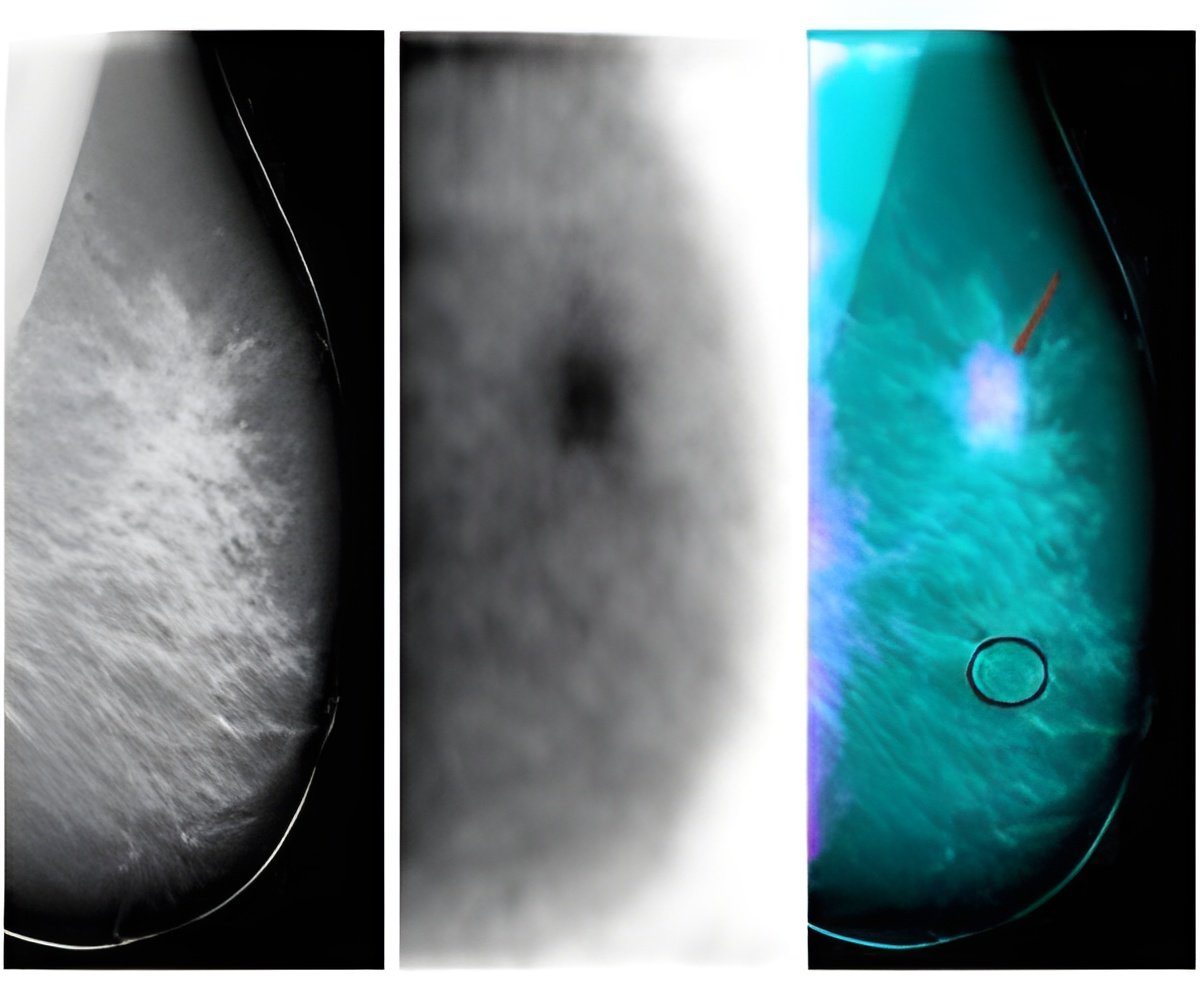A nanoscale drug carrying many weapons to sneak into cancer cells for breaking them from the inside has added a new component.

The research team led by scientists at the Nanomedicine Research Center, part of the Maxine Dunitz Neurosurgical Institute in the Department of Neurosurgery at Cedars-Sinai Medical Center, conducted the study in laboratory mice with implanted human breast cancer cells.
Mice receiving the drug lived significantly longer than untreated counterparts and those receiving only certain components of the drug.
Unlike other drugs that target cancer cells from the outside, often injuring normal cells as a side effect, this therapy consists of multiple drugs chemically bonded to a 'nanoplatform' that functions as a transport vehicle.
HER2-positive cancers - making up 25 to 30 percent of breast and ovarian cancers - tend to be more aggressive and less responsive to treatment than others because the overactive HER2 gene makes excessive amounts of a protein that promotes cancer growth.
But Herceptin is an antibody to the HER2 gene - it naturally seeks out this protein - so the research team used key parts of Herceptin to guide the nanodrug into HER2-positive cancer cells.
She said tha IL-2 activates a variety of immune cells but is not stable in blood plasma and does not home specifically to tumor cells. By attaching the new fusion antibody to the nanoplatform, we were able to deliver Herceptin directly to HER2-positive cancer cells, at the same time transporting IL-2 to the tumor site to stimulate the immune system.
The researchers also attached other components, like molecules to block a protein (laminin-411) that cancer cells need to make new blood vessels for growth.
The nanodrug, Polycefin, is in an emerging class called nanobiopolymeric conjugates, nanoconjugates or nanobioconjugates.
Bioconjugates are drugs that contain chemical "modules" attached (conjugated) to a delivery vehicle by strong chemical bonds. The nanoconjugate exists as a single chemical unit, and the tight bonds prevent the components from getting damaged or separated in tissues or blood plasma during transit.
With inventive drug engineering, the anti-tumor components activate inside tumor cells.
The findings have been published in the Journal of Controlled Release.
Source-ANI
 MEDINDIA
MEDINDIA



 Email
Email










